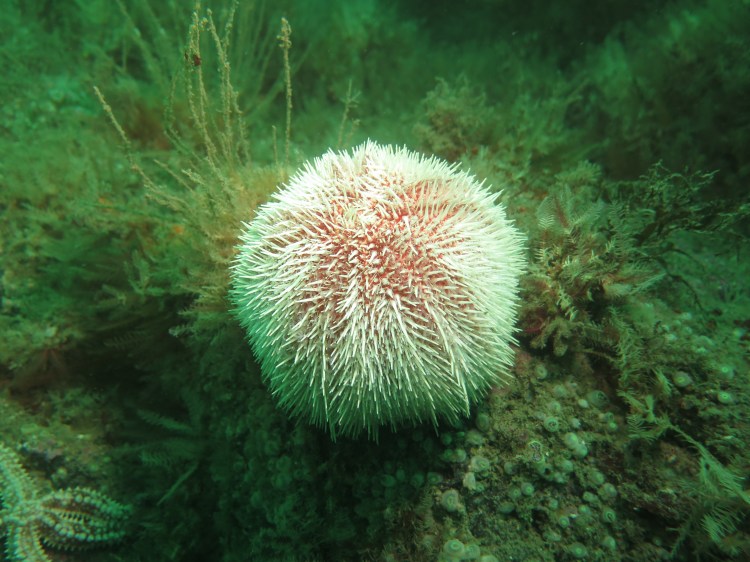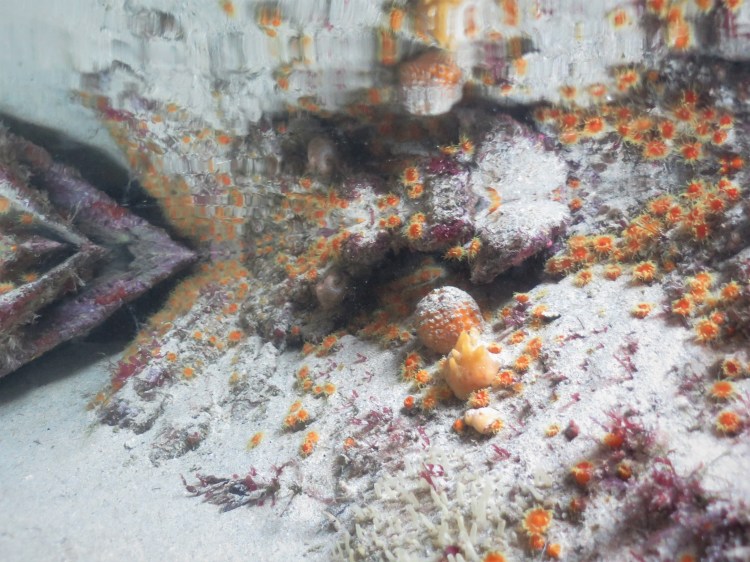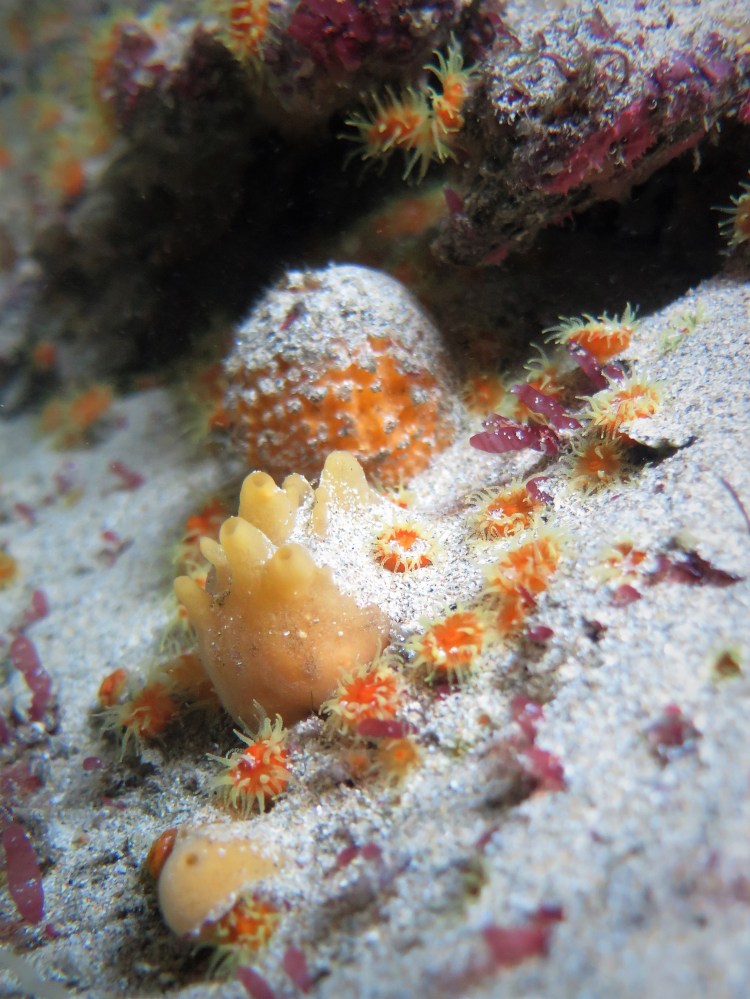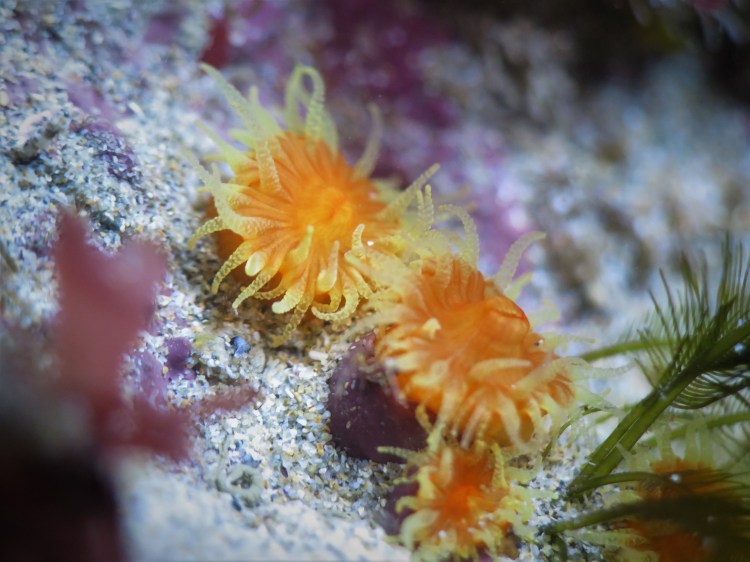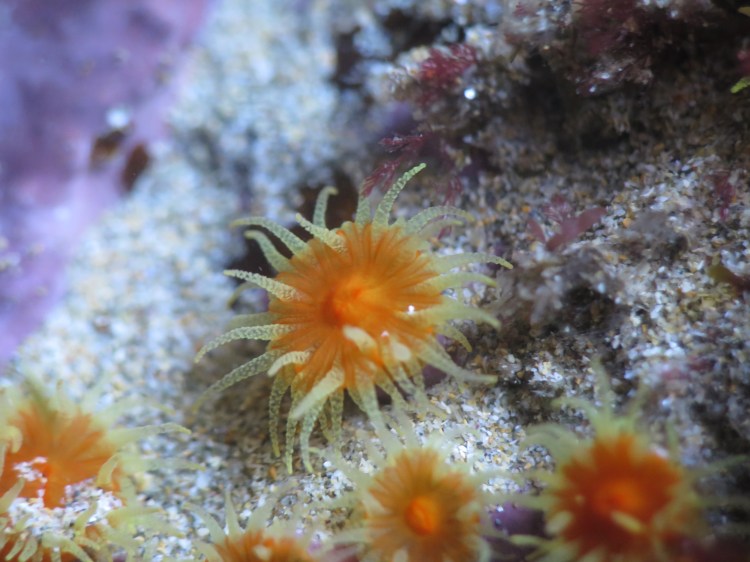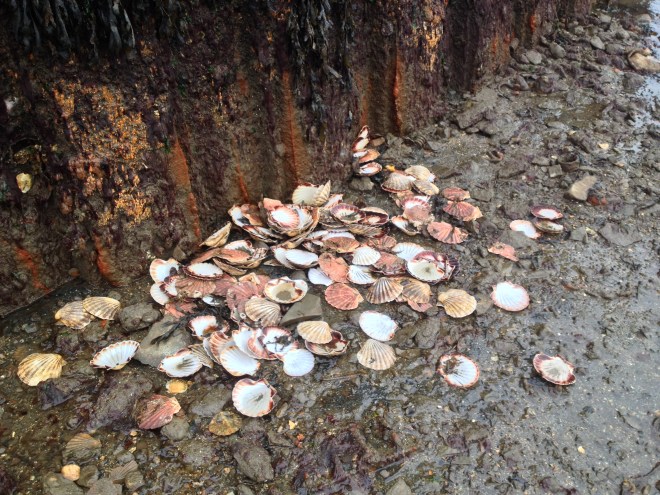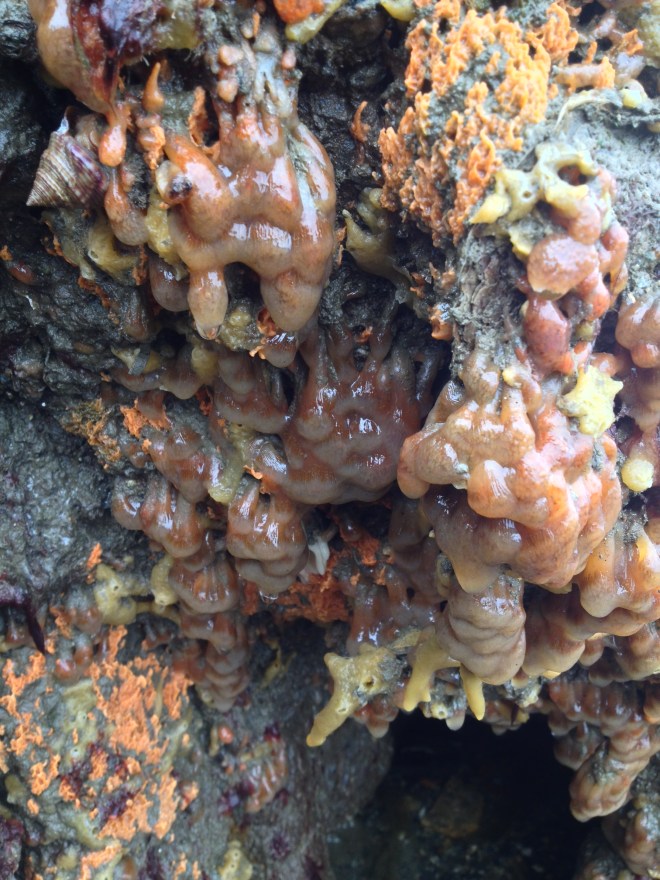 Last week I spent a week in Hong Kong for work; of course I had also reserved a couple of days to explore the marine life! My notion that Hong Kong was some kind of city state without any wildlife had already been dispelled after reading the Green Blue Sea blog, which documents Emilie’s (free)diving adventures in local waters (as well her trips to more well-known Asian and Pacific diving destinations). Although Hong Kong is the most vertical city in the world, and one of the most densely populated ones, 40% of the country is comprised of nature parks and the surrounding seas are home to corals. With 84 species of hard corals and 26 soft coral species, coral diversity is higher even than in the Caribbean. However, diversity is lower than in other areas in the region such as Taiwan or Okinawa, which is in large part due to habitat destruction.
Last week I spent a week in Hong Kong for work; of course I had also reserved a couple of days to explore the marine life! My notion that Hong Kong was some kind of city state without any wildlife had already been dispelled after reading the Green Blue Sea blog, which documents Emilie’s (free)diving adventures in local waters (as well her trips to more well-known Asian and Pacific diving destinations). Although Hong Kong is the most vertical city in the world, and one of the most densely populated ones, 40% of the country is comprised of nature parks and the surrounding seas are home to corals. With 84 species of hard corals and 26 soft coral species, coral diversity is higher even than in the Caribbean. However, diversity is lower than in other areas in the region such as Taiwan or Okinawa, which is in large part due to habitat destruction.  So less than 24 hrs after landing I descended in the warm and murky waters of the Hong Kong Global Geopark, diving of a boat at Basalt Island with diveshop Splash, operating from Sai Kung. My divebuddy was expat Dod, who was so kind to provide some of his photo’s to put on this blog (the one above and the four below; thanks Dod!). The conditions for underwater photography here are about as challenging as they get with the amount of ‘marine snow’; we probably only had two meters of visibility. (I did not attempt to take pictures as I have no strobes and we went down to 18 meters so it was pretty dark anyway.) Large numbers of big, brown anemones hosting clown fish, urchins and sea cucumbers were present. Going a bit deeper, there were lots of black corals around (although they were coloured white) and there were occasional small colonies of one of my favourites, the Sun coral. Large bubble tip anemones, tube anemones, feather stars, a moray eel, pipefish and a lionfish completed this dive, good stuff! As the viz was so bad, we tried the other side of the island the following dive, and we kept it a bit shallower. We saw few fish but a decent amount of coral. Water temperatures dropped from 30+°C to 21°C at the bottom. This was very cold according to all local divers, of course giving me ample opportunity to sneer: 4°C warmer than the warmest it gets in Cornwall! My last dive was in a 9°C sea! All in all a fun and well-organized dive trip. Dod’s photo’s of Sun coral, a Sea apple (a type of sea cucumber), a pipefish (probably a Trachyramphus spp) and a Marbled rockfish Sebasticus marmoratus:
So less than 24 hrs after landing I descended in the warm and murky waters of the Hong Kong Global Geopark, diving of a boat at Basalt Island with diveshop Splash, operating from Sai Kung. My divebuddy was expat Dod, who was so kind to provide some of his photo’s to put on this blog (the one above and the four below; thanks Dod!). The conditions for underwater photography here are about as challenging as they get with the amount of ‘marine snow’; we probably only had two meters of visibility. (I did not attempt to take pictures as I have no strobes and we went down to 18 meters so it was pretty dark anyway.) Large numbers of big, brown anemones hosting clown fish, urchins and sea cucumbers were present. Going a bit deeper, there were lots of black corals around (although they were coloured white) and there were occasional small colonies of one of my favourites, the Sun coral. Large bubble tip anemones, tube anemones, feather stars, a moray eel, pipefish and a lionfish completed this dive, good stuff! As the viz was so bad, we tried the other side of the island the following dive, and we kept it a bit shallower. We saw few fish but a decent amount of coral. Water temperatures dropped from 30+°C to 21°C at the bottom. This was very cold according to all local divers, of course giving me ample opportunity to sneer: 4°C warmer than the warmest it gets in Cornwall! My last dive was in a 9°C sea! All in all a fun and well-organized dive trip. Dod’s photo’s of Sun coral, a Sea apple (a type of sea cucumber), a pipefish (probably a Trachyramphus spp) and a Marbled rockfish Sebasticus marmoratus: 


 Back in Sai Kung later in the week I had some more good opportunities to see the local sea life, namely in the display tanks of restaurants. The Chinese definitely lived up to their reputation to being adventurous eaters: I saw Horseshoe crab (not much meat on that!), moray eels, tiny sculpins and the Babylonia snails I only knew from the shell nets sold in seaside tourist shops. Lots of huge and beautifully coloured mantis shrimps, crabs, lobsters, abalones, geoducks, perch and much more. Seafood is also sold from boats along the pier, it was sad to even see cute little filefish cramped in holding tanks in the burning sun. There must be a lot of overfishing going on here.
Back in Sai Kung later in the week I had some more good opportunities to see the local sea life, namely in the display tanks of restaurants. The Chinese definitely lived up to their reputation to being adventurous eaters: I saw Horseshoe crab (not much meat on that!), moray eels, tiny sculpins and the Babylonia snails I only knew from the shell nets sold in seaside tourist shops. Lots of huge and beautifully coloured mantis shrimps, crabs, lobsters, abalones, geoducks, perch and much more. Seafood is also sold from boats along the pier, it was sad to even see cute little filefish cramped in holding tanks in the burning sun. There must be a lot of overfishing going on here.


 I went back for half a day to the Sai Kung area later in the week. Small Hoi Ha Wan park (photo at top of post) lies next to the sleepy village of Hoi Ha and has a nice beach and a coastal walking trail. Huge orb spiders sat in their webs and there were loads of pretty butterflies. If you are really lucky you can see pangolins (you have to be very lucky probably, sigh). Clambering over rocks covered with razorsharp clams and large numbers of fleeing, cockroach-sized isopods, I had a little snorkel around. I saw a good diversity of fish but there were quite some jellyfish around also, which was tricky without a wetsuit. Some scattered corals can be seen here, but this area was traditionally used for lime extraction from which the corals are still recovering. Again the visibility was very bad; I managed a single nice shot just below the surface of some fish fry.
I went back for half a day to the Sai Kung area later in the week. Small Hoi Ha Wan park (photo at top of post) lies next to the sleepy village of Hoi Ha and has a nice beach and a coastal walking trail. Huge orb spiders sat in their webs and there were loads of pretty butterflies. If you are really lucky you can see pangolins (you have to be very lucky probably, sigh). Clambering over rocks covered with razorsharp clams and large numbers of fleeing, cockroach-sized isopods, I had a little snorkel around. I saw a good diversity of fish but there were quite some jellyfish around also, which was tricky without a wetsuit. Some scattered corals can be seen here, but this area was traditionally used for lime extraction from which the corals are still recovering. Again the visibility was very bad; I managed a single nice shot just below the surface of some fish fry.  My last day was spent on the tiny island of Tung Ping Chao, the most easterly point in Hong Kong. Ferries only go in the weekend, and are packed with tourists and ex-villagers (the island is no longer inhabited) packed with supplies to cater for the tourists. I first had a little wander around the island and then checked out the rock pools at Kang Lau Check. Unlike most of Hong Kong, this island consist of sedimentary rock, diagonal layers of which have been eroded by the sea to leave shallow, angular pools. The water in the pools must have been close to 40°C. Unlike Cornwall, but just like in Oregon, there were very large acorn barnacles and clusters of Gooseneck barnacles. The chiton Acanthopleura japonica was very abundant, as were very cute green-red anemones (have not been able to Google them yet). I took some quick shots using the Canon D30; I hope Emilie or Dod at some point can visit and do a better job; some very cool underwater scenery!
My last day was spent on the tiny island of Tung Ping Chao, the most easterly point in Hong Kong. Ferries only go in the weekend, and are packed with tourists and ex-villagers (the island is no longer inhabited) packed with supplies to cater for the tourists. I first had a little wander around the island and then checked out the rock pools at Kang Lau Check. Unlike most of Hong Kong, this island consist of sedimentary rock, diagonal layers of which have been eroded by the sea to leave shallow, angular pools. The water in the pools must have been close to 40°C. Unlike Cornwall, but just like in Oregon, there were very large acorn barnacles and clusters of Gooseneck barnacles. The chiton Acanthopleura japonica was very abundant, as were very cute green-red anemones (have not been able to Google them yet). I took some quick shots using the Canon D30; I hope Emilie or Dod at some point can visit and do a better job; some very cool underwater scenery!
 After a rest, I took my new Canon G16 for a snorkel. The corals here looked very healthy, although unfortunately there was quite some garbage as well. Pondering both the surprising diversity of coral life still present here, and the threats they face, I think it would be cool if some citizen science project could be set up to raise awareness. I am pretty sure many Hong Kong residents do not realize what precious marine life they have close to home. Creating reef enthusiasts will be essential to help conservation efforts. What if coral frags could be propagated in local bays and used to stock native Hong Kong nano tanks to be set up in schools as well as restore damaged reefs? Anyway, thinking about those types of projects is my form of escapism! Due to problems with my mask, not having super viz or strobes and being lazy (using the automatic setting only), I just snapped random pictures. I was pleased to see that the image quality was still quite good! Below some shots of different corals: Acropora, Favia, Goniopora, Pavona, Platygyra and two genera I could not identify to give an impression of the diversity in shapes.
After a rest, I took my new Canon G16 for a snorkel. The corals here looked very healthy, although unfortunately there was quite some garbage as well. Pondering both the surprising diversity of coral life still present here, and the threats they face, I think it would be cool if some citizen science project could be set up to raise awareness. I am pretty sure many Hong Kong residents do not realize what precious marine life they have close to home. Creating reef enthusiasts will be essential to help conservation efforts. What if coral frags could be propagated in local bays and used to stock native Hong Kong nano tanks to be set up in schools as well as restore damaged reefs? Anyway, thinking about those types of projects is my form of escapism! Due to problems with my mask, not having super viz or strobes and being lazy (using the automatic setting only), I just snapped random pictures. I was pleased to see that the image quality was still quite good! Below some shots of different corals: Acropora, Favia, Goniopora, Pavona, Platygyra and two genera I could not identify to give an impression of the diversity in shapes.








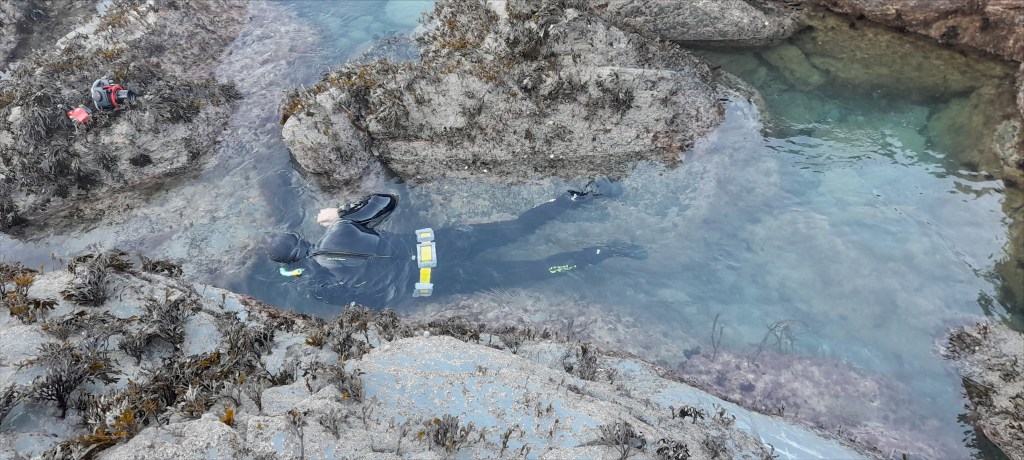


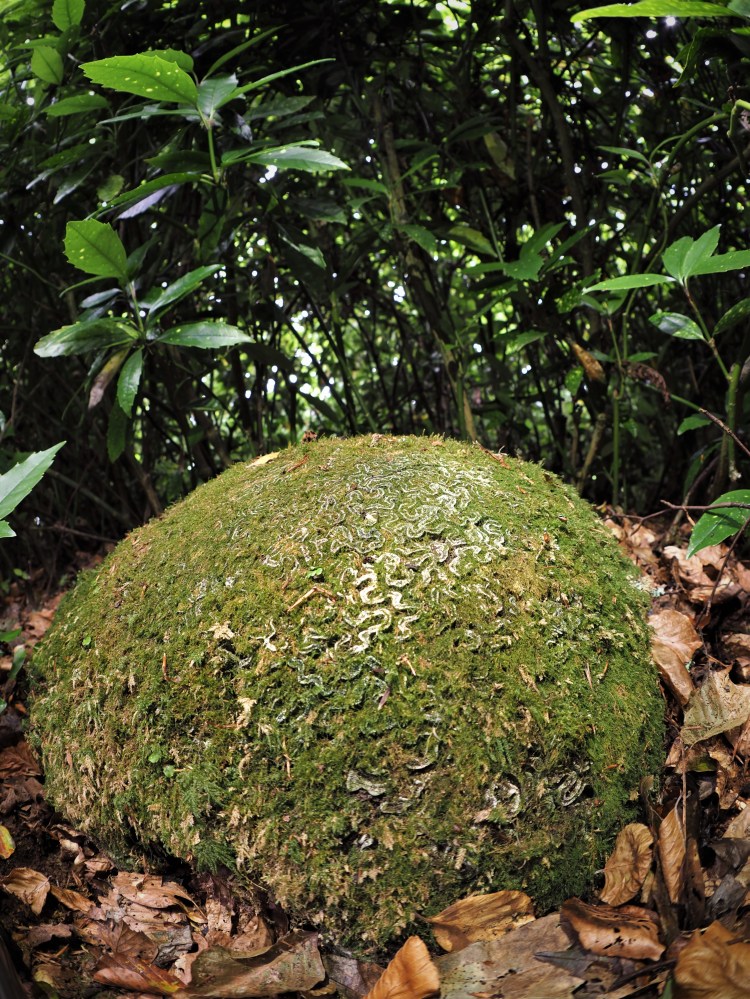


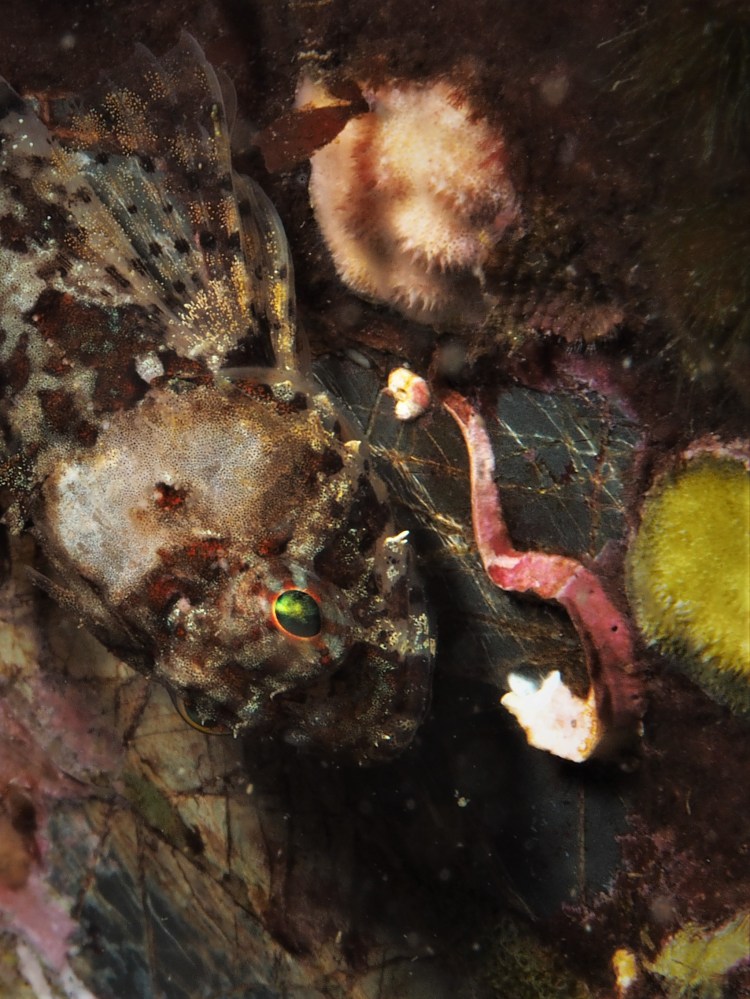
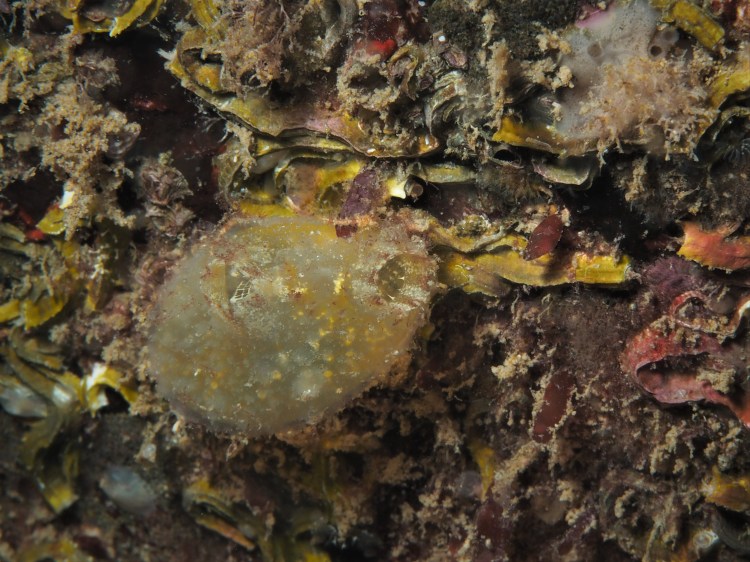
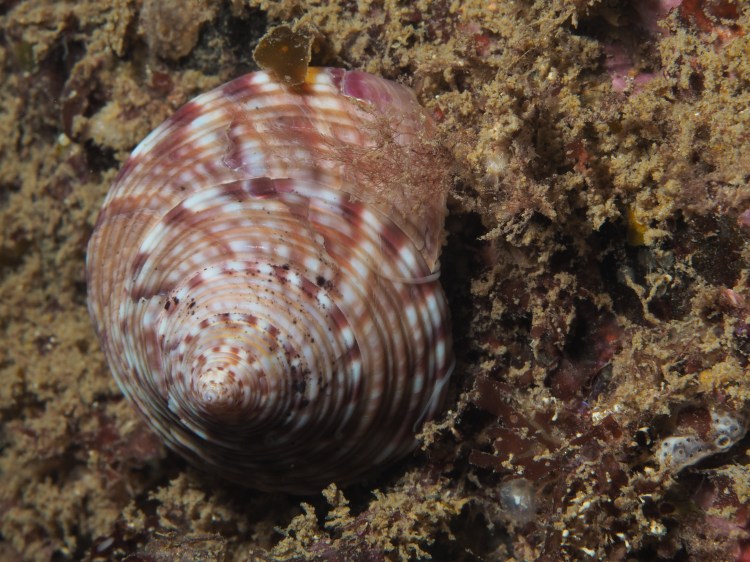
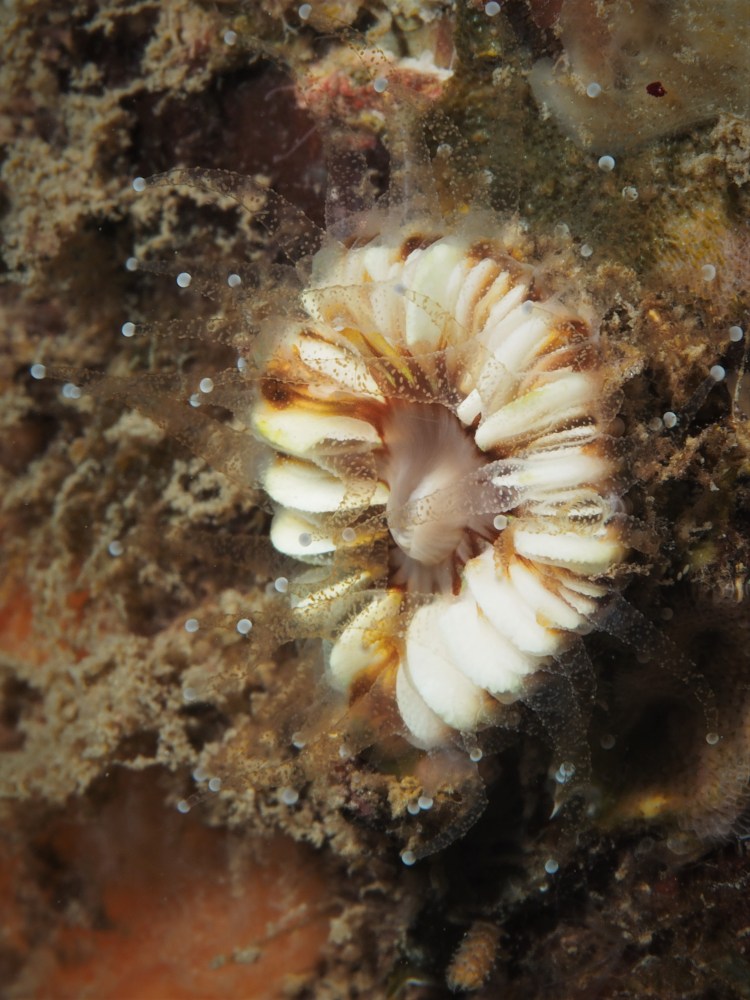


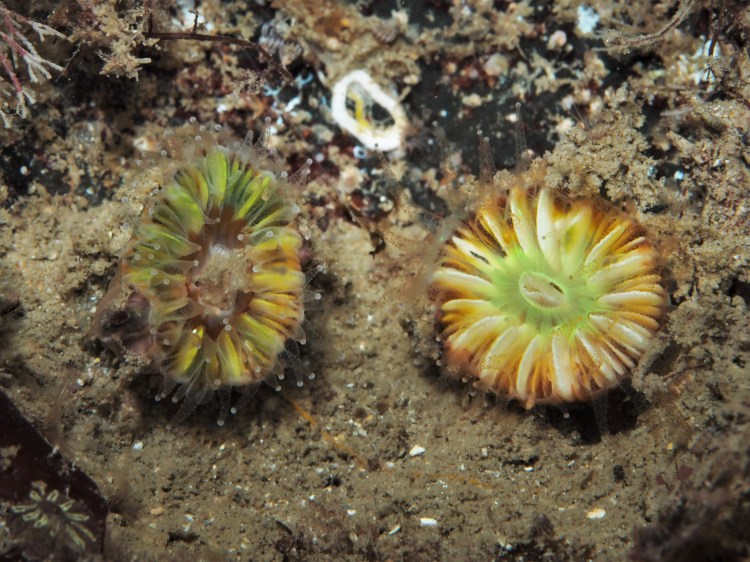
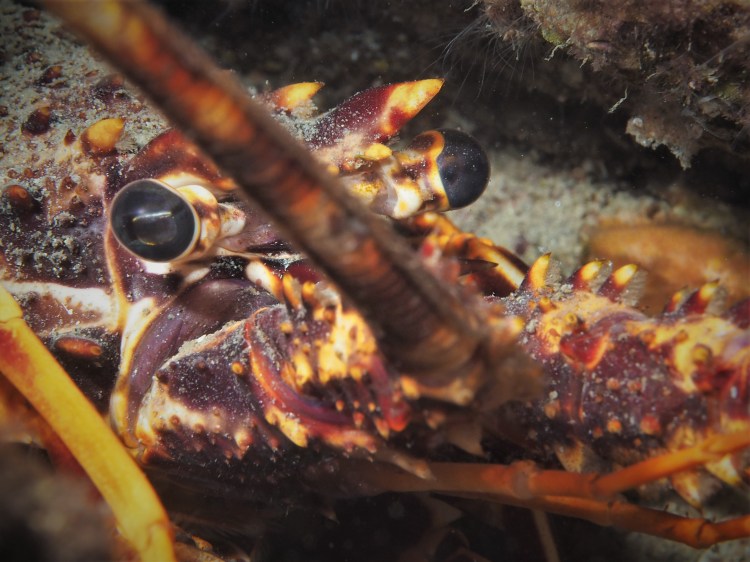
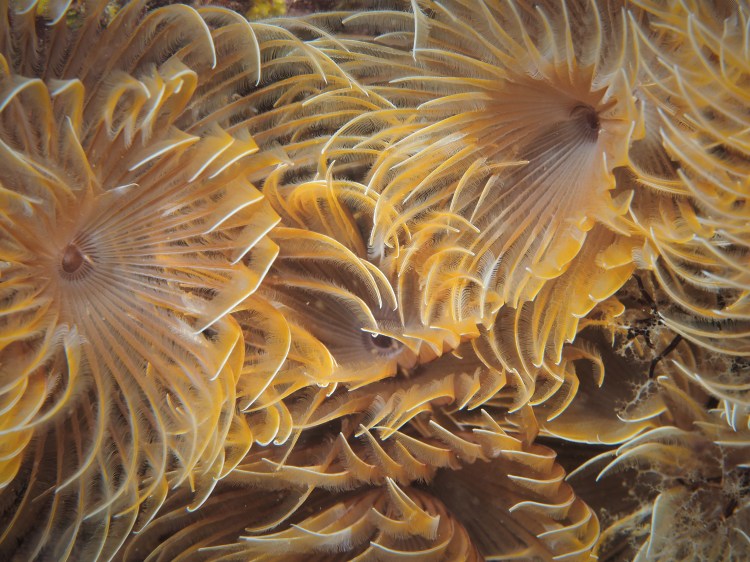


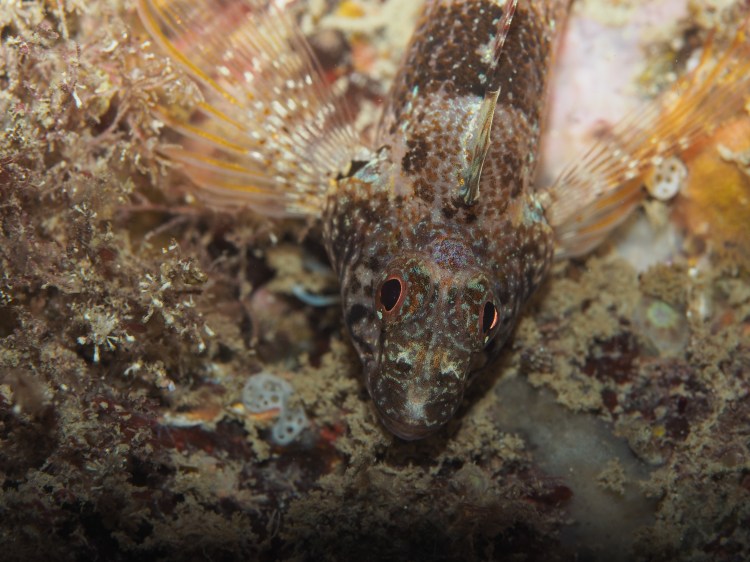

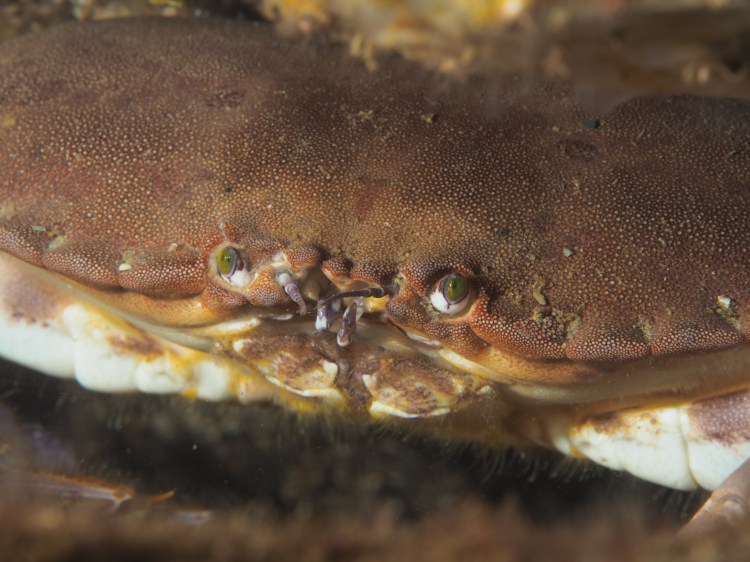
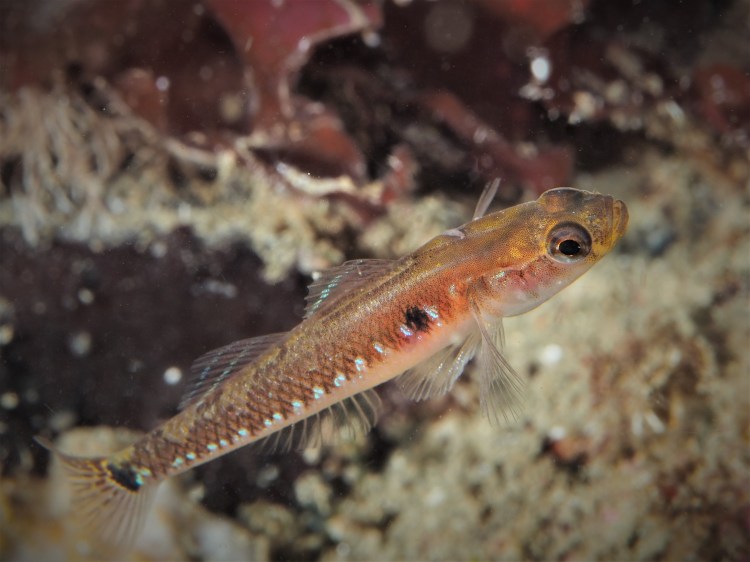
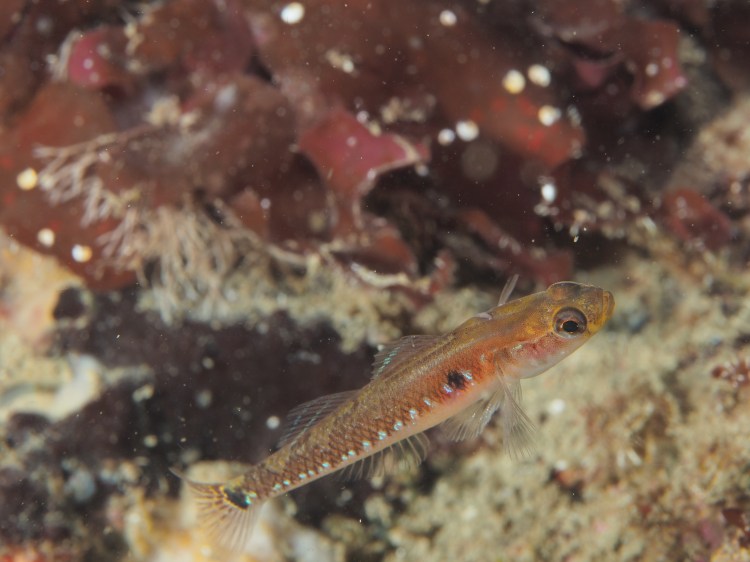

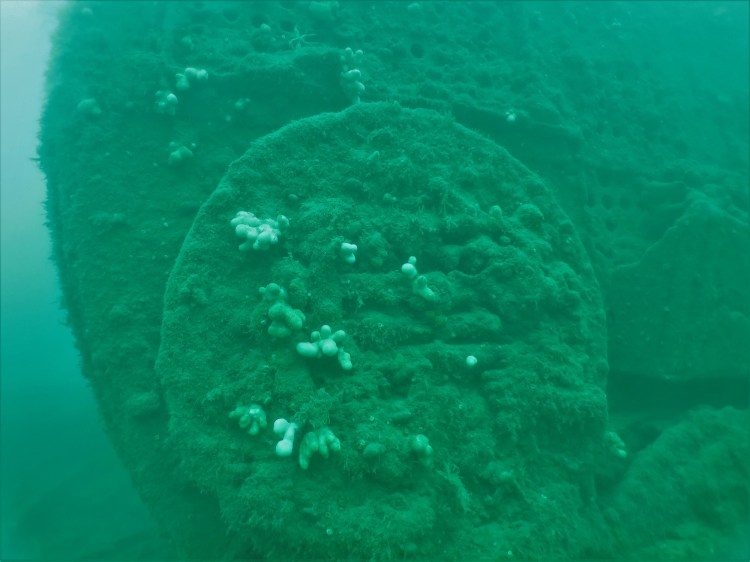
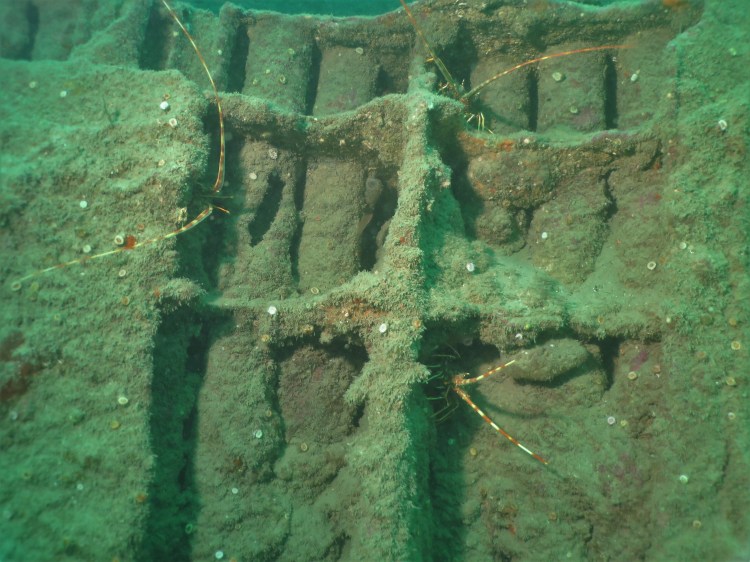



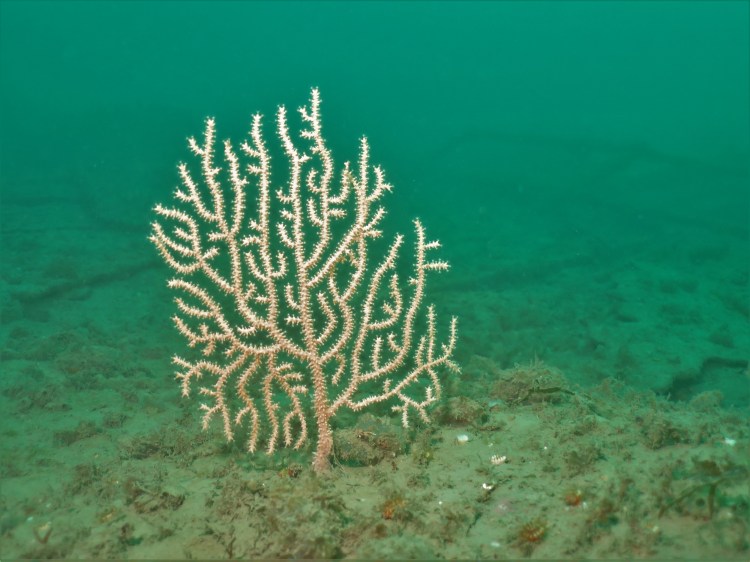
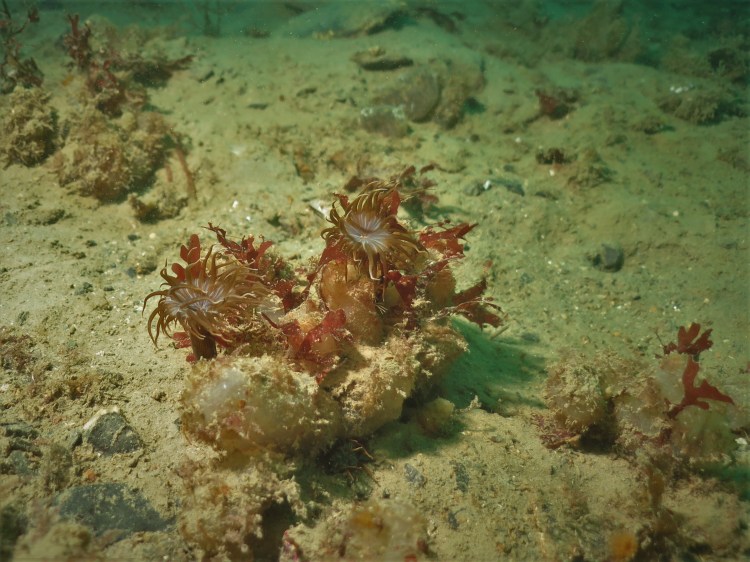


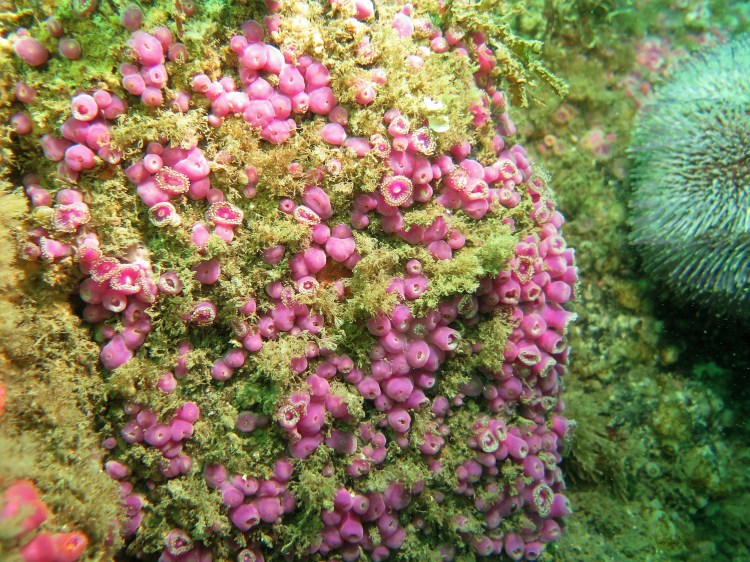
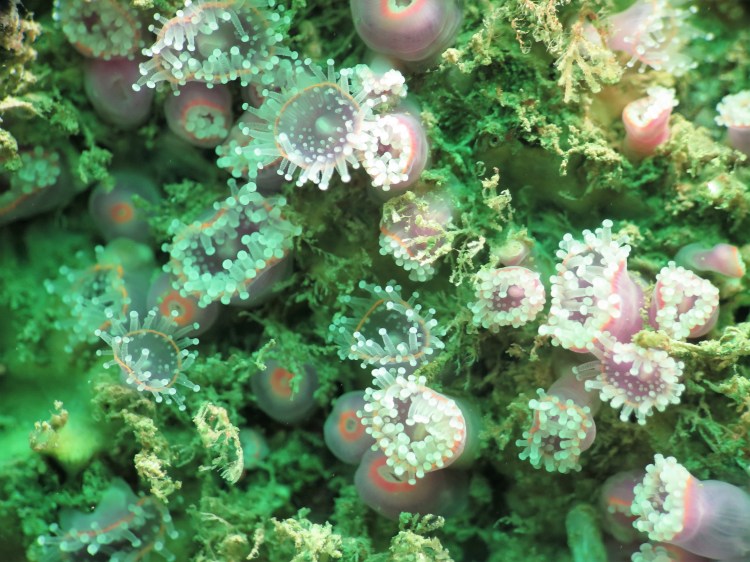

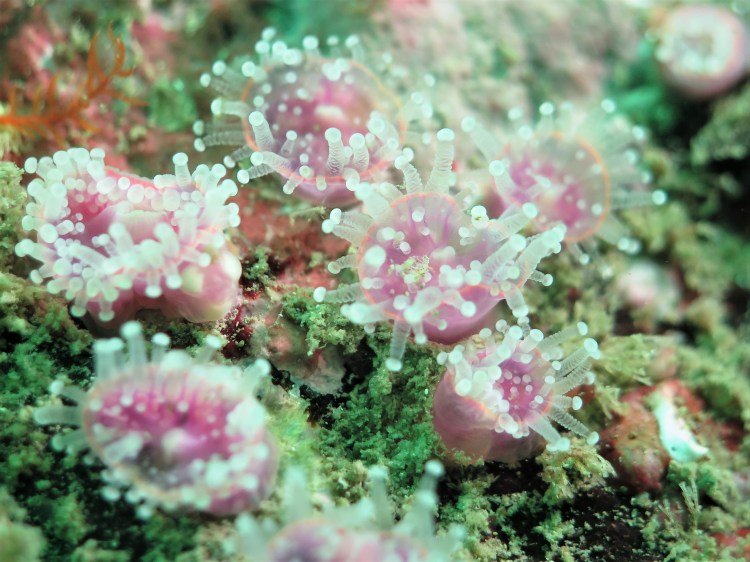 The photos are OK but I could do a lot better, this was in part due to my camera malfunctioning for a bit and my dive was pretty short anyway, as I guzzled too much air (I need to do some sports and drink less beer!). Also, I need a lot more practice with video light and strobe. However, this dive was primarily about checking out the new scenery. Some shots of other species below: the Edible sea urchin Echinus esculentus, Elegant anemone Sagartia elegans (variety rosea) and Dead men’s fingers Alcyonium digitatum. I hope to go back to the Manacles on the Stingray very soon!
The photos are OK but I could do a lot better, this was in part due to my camera malfunctioning for a bit and my dive was pretty short anyway, as I guzzled too much air (I need to do some sports and drink less beer!). Also, I need a lot more practice with video light and strobe. However, this dive was primarily about checking out the new scenery. Some shots of other species below: the Edible sea urchin Echinus esculentus, Elegant anemone Sagartia elegans (variety rosea) and Dead men’s fingers Alcyonium digitatum. I hope to go back to the Manacles on the Stingray very soon!